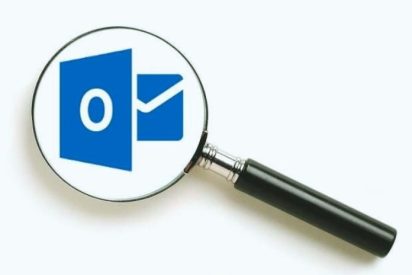Setting up a rule in Outlook means asking Microsoft Office email to take automatic actions when faced with specific conditions.
Set Rules In Outlook: Add An Exception
The possible combinations of Condition and Action are many and help to understand how vast the world of rules is in Outlook. Using them allows you to assign the right priority to all messages received from your colleagues.
But also to automatically forward the relevant emails concerning specific topics. Or to categorize all messages received before or after a specific date in ad hoc sub-folders.
The management of the Microsoft Office client allows you to go even deeper with the optional addition of a fourth step. This step allows you to enter the so-called Exceptions: circumstances that automatically cancel the execution of the rule just set.
The items in the Exceptions menu are the same as in the Conditions menu described in the previous paragraphs. The proper interlocking of Conditions and Exceptions allows the user to organize the functioning of Outlook with absolute attention to detail.
To give a concrete example, it is possible to imagine activating a rule on all emails arriving before an “X” date. At the same time, it is possible to think of one or more Exceptions that deactivate the rule in question: perhaps in the case, the message arrives from a particular sender. Or if the subject or body of the email includes a keyword.
Finally, before saving, it is possible to tick or not a box named Stop processing other rules. If you do not select this item, it is important to remember that Outlook activates the rules following the order indicated in the list, starting from the first rule above.
Also Read: Artificial Intelligence: Microsoft Is Adding New Functions To Cyber Defence

